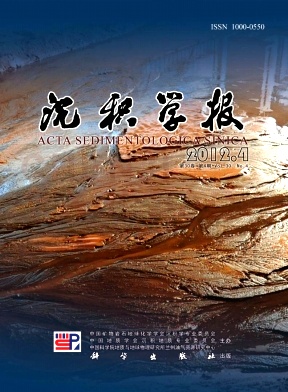Characteristic and Formation Mechanism of the Frontally Confined Landslide in Shenhu Slope, Northern South China Sea
- Publish Date: 2012-08-10
-
Key words:
- landslide /
- /
- deepwater deposition /
- Shenhu slope /
- Northern South China Sea
Abstract: Landslides constitute important aspects of deepwater sediment fill; and the study of the landslide does much help unveiling the deposition process in deepwater settings. Using the high resolution multichannel seismic profiles, the frontally confined landslide is firstly discovered in Shenhu slope of the Northern South China Sea, of which distribution area is over 1 000 km2. The landslide undergoes a restricted downslope translation and does not overrun the undeformed downslope strata, so the seismic facies features are definitely different in the two sides of the ramp. With the internally chaotic reflection, the landslide is externally wedge shaped and the impressive fold and thrust develop in the toe domain of the landslide. Comparing with the frontally emergent landslide, the continuity of the frontally confined landslide sediment is better for the shorter downslope transport distance. Combined with the seismic reflection features of the slide and the comparison among the Shenhu landslide and the worldwide landslides, the type of the landslide is determined by the thickness of the slide and the slope angle, but the positive landformYitong shoal has no effect on the Shenhu landslide's evolution.
| Citation: | Characteristic and Formation Mechanism of the Frontally Confined Landslide in Shenhu Slope, Northern South China Sea[J]. Acta Sedimentologica Sinica, 2012, 30(4): 639-645. |






 DownLoad:
DownLoad: